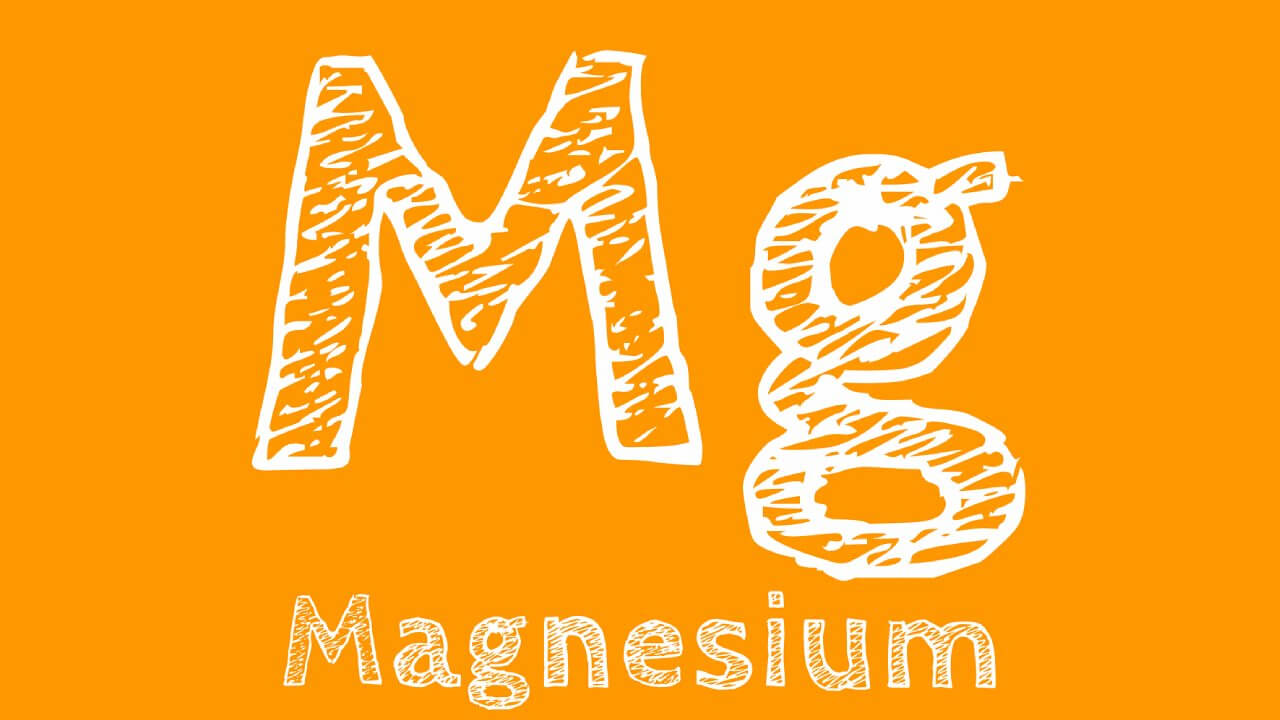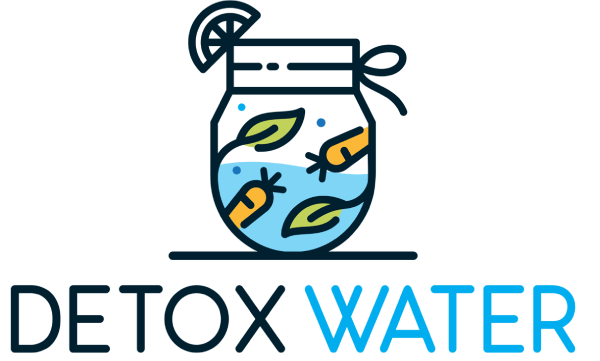Magnesium Detox Explained: Science, Benefits, and Methods

How often have you felt confused by the health aisle of your local store, staring at a wall of supplements promising to boost your health?
Or perhaps you’ve tumbled down the rabbit hole of a blog post or an article about a specific mineral’s magical detoxifying powers.
You have likely come across the phrase “magnesium detox” if you are a wellness enthusiast. But what exactly does that mean? Does it have any substance, or is it simply another wellness buzzword? Let’s put on our detective hats and uncover the truth.
Contents
What is a Magnesium Detox?
A magnesium detox is a bathing practice where Epsom salt, also known as magnesium sulfate, is added to the bathwater, and you are supposed to soak in the bathwater for about 20 – 30 minutes, which aims to help with any magnesium deficiency you may have. Let’s go into more detail on this.
- The Role of Epsom Salt: A magnesium detox bath primarily involves using an Epsom salt supplement (no connection to table salt). Epsom salt has been used for centuries for various health-related applications, from soothing sore muscles to, purportedly, assisting in detoxification.
- The Process of Transdermal Absorption refers to the absorption of substances through the skin. Some research suggests that soaking in an Epsom salt bath might allow the body to absorb magnesium, a process known as magnesium absorption. However, the extent of this absorption is still under scientific scrutiny.
- Potential Interaction with Toxins: While the term ‘detox’ implies that the bath helps remove harmful toxins from the body, the exact mechanism for how a magnesium detox bath might achieve this is unclear. The idea stems from the hypothesis that the magnesium and sulfate in Epsom salt can help draw out harmful substances. However, do note that scientific evidence backing this claim is limited.
- Magnesium and the Body’s Functions: Magnesium is an essential mineral that plays a vital role in numerous bodily functions, from muscle and nerve to energy production. The premise behind the magnesium detox bath is that these various functions could be supported by increasing the body’s magnesium levels through magnesium supplementation. However, whether bathing in magnesium sulfate can significantly impact magnesium levels in the body remains a topic of scientific debate.
The Potential Health Benefits of a Magnesium Detox Bath
A magnesium detox bath, often facilitated through Epsom salt, has been suggested to offer various potential benefits. However, it’s important to note that extensive scientific research does not fully support these. Nevertheless, these baths are often considered part of a holistic approach to well-being. Here are some potential benefits that have been associated with magnesium detox baths:
Potential Enhancement of Magnesium Levels
One of the central concepts behind a magnesium detox bath is its potential to increase the body’s magnesium levels, thus ensuring the body has enough magnesium.
As an essential mineral, magnesium is involved in over 300 biochemical reactions in the human body. This includes critical processes like protein synthesis, muscle and nerve function, and even the regulation of blood sugar levels.
As mentioned, soaking in a bath with Epsom salts may allow magnesium to be absorbed through the skin. However, it is worth noting that the extent of this absorption and its potential impacts on the body’s overall magnesium levels is an area where more research is needed.
A Potential Source of Relaxation and Stress Relief
Beyond any potential physiological benefits, a warm, soothing bath has an undeniable psychological component.
With their reputed therapeutic properties, adding magnesium salts could potentially enhance this relaxation effect.
It’s worth mentioning that magnesium plays a role in brain function and mood regulation. There is some evidence that sufficient magnesium levels might contribute to stress management by supporting healthy brain function.
Again, though, the direct impact of a magnesium detox bath in this context remains to be further studied.
Potential Alleviation of Muscle Soreness and Cramps
Another commonly cited benefit of Epsom salt baths is potentially relieving muscle soreness and cramps.
Given that magnesium is known to play a role in muscle function, it is hypothesized that a magnesium-rich bath might help alleviate such issues.
Magnesium helps regulate neuromuscular signals and muscle contractions, which could theoretically contribute to alleviating muscle cramps.
However, it’s not fully established whether the amount of magnesium potentially absorbed during a bath would be significant enough to provide this benefit.
Potential Improved Sleep Quality
Anecdotal evidence from people who take regular Epsom salt baths suggests that they might improve sleep quality.
Magnesium’s role in regulating neurotransmitters, which send signals throughout the nervous system and brain, may influence sleep quality.
Again, we don’t mean to sound pessimistic; however, this is another potential benefit where the underlying mechanism is not fully understood and requires more scientific exploration.
The Possible Risks and Side Effects of a Magnesium Detox Bath
While magnesium detox baths using Epsom salts, a form of magnesium chloride, are commonly deemed safe and beneficial for many people, bear in mind that certain risks and side effects could occur. Let’s dive deeper into each:
Risk of Overhydration or Water Intoxication
Soaking in a bath for extended periods could theoretically lead to a condition known as water intoxication or hyponatremia.
This happens when excessive water intake or retention disrupts the body’s balance of electrolytes.
The symptoms of overhydration could start with mild headaches and nausea, progressing to more severe symptoms like confusion, seizures, or in extreme cases, even coma.
People with heart conditions, high blood pressure, or kidney problems should be cautious, as excessive water intake can strain the kidneys and heart.
Potential Skin Reactions
Though it is not common, skin reactions to Epsom salts are possible.
People with sensitive skin, or known skin conditions like eczema or psoriasis, might experience dryness, redness, itching, or even a rash after an Epsom salt bath.
It’s always a good idea to perform a patch test before fully immersing in a bath.
This involves applying a small amount of diluted Epsom salt solution to a skin patch and monitoring for any reaction.
If any adverse reaction occurs, discontinue using Epsom salt in your bath.
Possible Interaction with Medication
Certain medications may interact with magnesium sulfate and magnesium oxide, potentially altering their effectiveness or causing undesirable side effects.
For example, some types of antibiotics, like ciprofloxacin and doxycycline, might interact with magnesium, potentially reducing the absorption and effectiveness of these drugs.
Likewise, medications such as diuretics, bisphosphonates, and muscle relaxants might also interact with magnesium.
Discussing this with your doctor before adding magnesium detox baths into your routine is best if you’re on any medication.
Risk for Individuals with Kidney Disorders
Practicing a magnesium detox bath could pose an additional risk for those with kidney disorders.
If any significant amount of magnesium is absorbed through the skin during the bath, it could lead to elevated magnesium levels in the blood, a condition called hypermagnesemia.
Excess magnesium is typically excreted via urine in people with healthy kidney function.
However, suppose you are someone with impaired kidney function. In that case, you might be unable to eliminate the excess magnesium effectively, leading to potential symptoms like nausea, low blood pressure, irregular heartbeat, and cardiac arrest in severe cases.
So if you suffer from any kidney disorder, consult your doctor before using Epsom salts or undertaking a magnesium detox bath.
How to Do a Magnesium Detox Bath?
You’ve absorbed the ins and outs of a magnesium detox bath, understood its potential perks and pitfalls, and now you’re wondering – how do I do one? Let us guide you through this process step by step.
Materials Needed
Starting your journey to a magnesium detox bath begins with gathering a few simple ingredients:
- 1-2 cups of Epsom salt
- Warm water to fill your bathtub
- (Optional) A couple of tablespoons of baking soda for an added touch
- (Optional) A few drops of your preferred essential oil – think lavender or chamomile for a soothing ambiance
Step-by-Step Guide
1. Fill Your Tub
Start by running warm water in your bathtub. Aim for a temperature that’s cozily warm but shy of scalding hot. A too-hot bath might irritate your skin and risk leaving you feeling faint.
2. Dissolve Epsom Salt
Once your tub is filled to your liking, it’s Epsom salt time. Take out 2 cups of the salt and sprinkle it into the bath. You might need to adjust the amount depending on your tub’s size.
Then, stir the water well until the salt crystals have completely dissolved.
3. Add Baking Soda (Optional)
Fancy a touch of baking soda in your bath? Go for it! Baking soda can help neutralize the chlorine commonly found in tap water and soften the water, which could dial up the relaxation quotient of your bath. However, this is completely optional as the main focus of this bath are the Epsom salts.
4. Add Essential Oils (Optional)
Consider a few drops of your go-to essential oil for sensory pleasure. Whether it’s the calming scent of lavender or the gentle aroma of chamomile, essential oils can amp up the tranquillity of your bath.
5. Soak and Relax
Now comes the best part – your soak. Be careful as you step into the bath, as the tub could be slippery. Once you’re comfortable, allow yourself to soak for a good 15 minutes or so.
This soaking time is designed to allow your body to take in the magnesium from the Epsom salt and for your muscles to relax under the warm water.
6. Finish Up
As your soak time draws to a close, exit the bath carefully – especially if the water is on the warmer side, you might feel slightly light-headed or dizzy. Once out of the tub, wrap yourself in a soft towel and pat dry.
And there you have it! You must take these simple steps to have a magnesium detox bath experience at home.
Conclusion
We’ve dissected the concept of a magnesium detox bath, its potential benefits, and its inherent risks. Whether or not you try this detox bath, remember: there’s no shortcut to health.
Maintaining a balanced healthy diet, regular exercise, and consulting a healthcare professional when in doubt is paramount. Dietary supplements are only necessary if you cannot get those nutrients.
FAQ
Can magnesium detox your body?
No, magnesium can’t directly ‘detox’ your body. Our bodies naturally detoxify through organs like the liver and kidneys. Magnesium is essential in many bodily functions but isn’t a standalone detox agent.
How long does it take to detox from magnesium?
If by ‘detox from magnesium,’ you mean lowering high magnesium levels, it varies. This process mainly depends on your overall health, kidney function, and the amount of excess magnesium. Healthy kidneys can usually eliminate excess magnesium effectively.
What does magnesium cleanse do?
‘Magnesium cleanses’ isn’t a recognized medical term. It typically refers to using magnesium supplements or bathing with Epsom salts. However, it’s essential to know that the benefits of these practices are not well-studied or scientifically proven.
How do you get rid of excess magnesium in your body?
Your kidneys naturally get rid of excess magnesium through urine. Your healthcare provider might recommend reducing your intake if you consume too many magnesium supplements. Medical treatment, including medications or dialysis, might be necessary in severe cases of high magnesium levels.

Rahul is a nutritionist and personal trainer with 3+ years of experience in the field of health coaching. He specializes in nutrition science, with a keen eye for how food choices, lifestyle habits, and physical activity impact our bodies.






